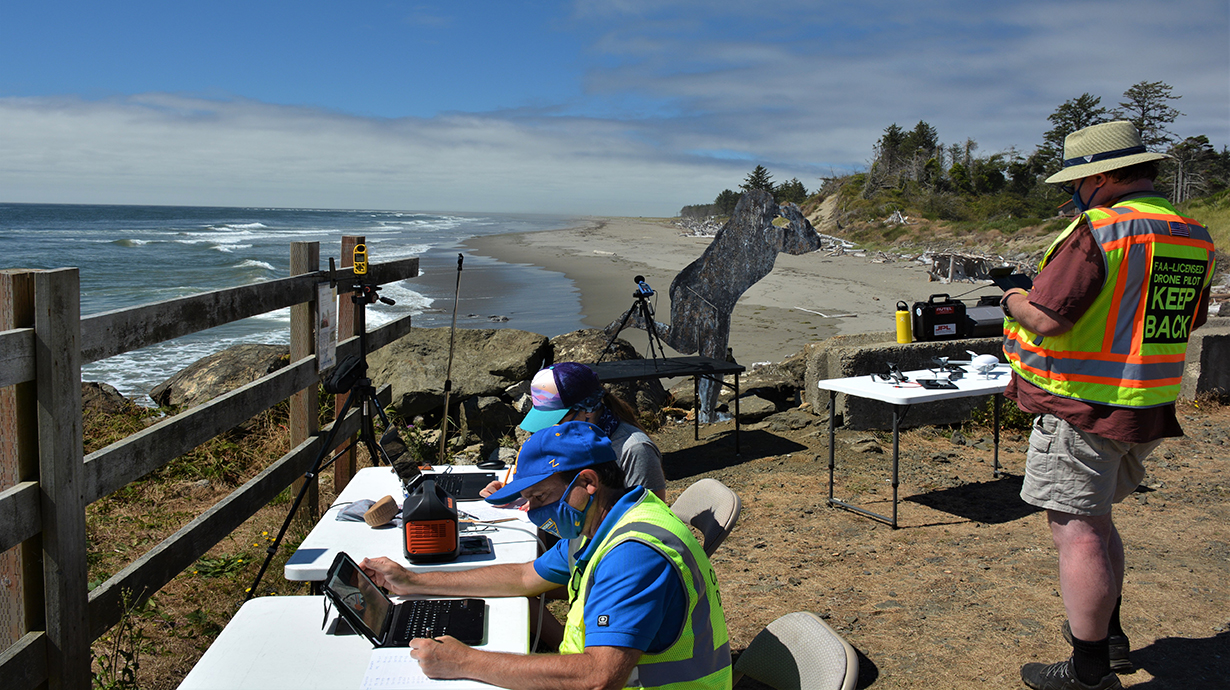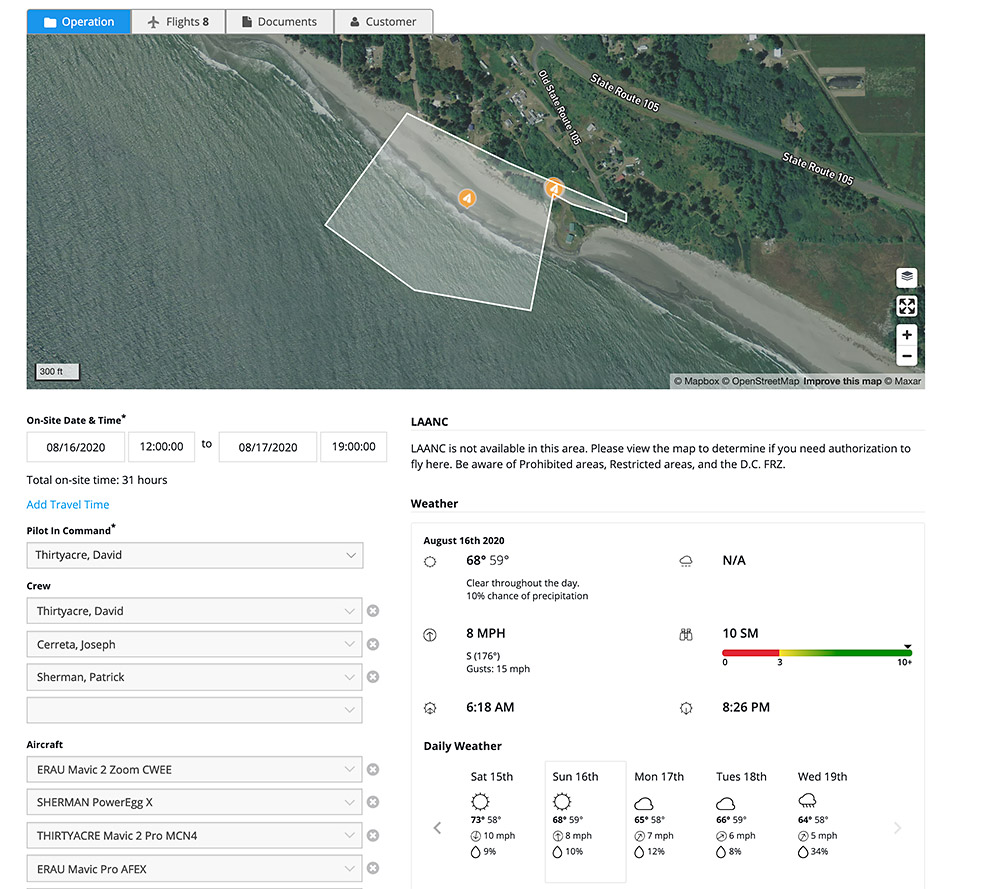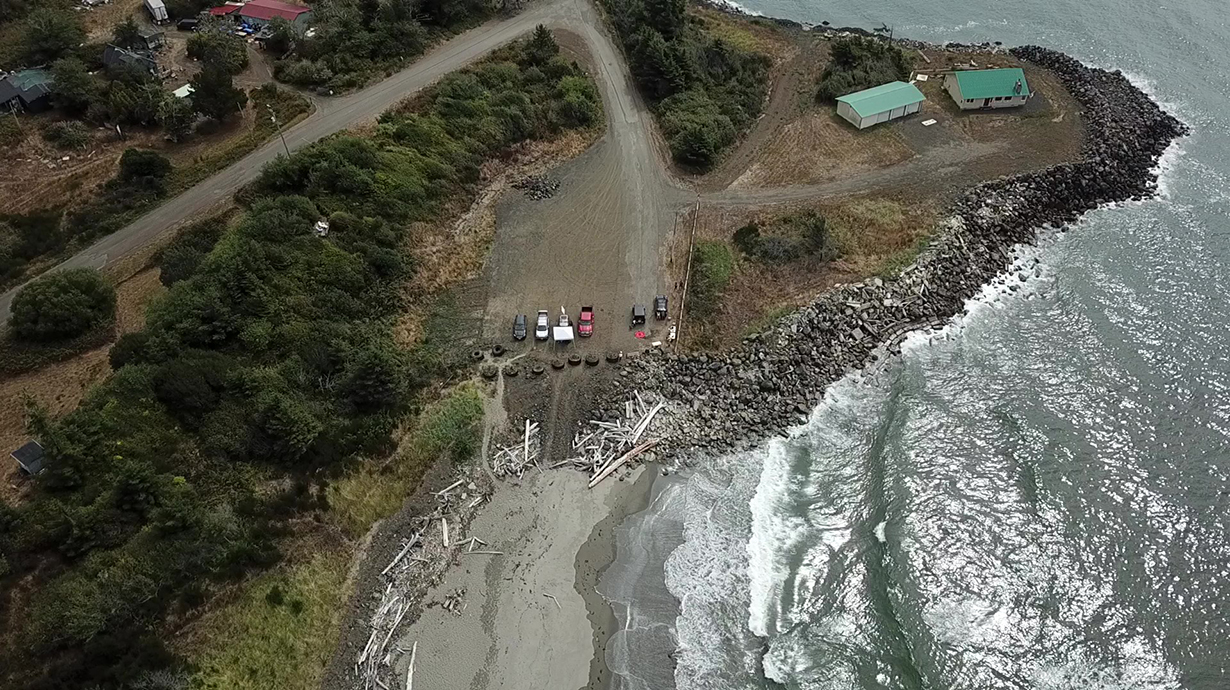Using drones to support marine animal research and conservation.
What if, when a seal or other sea mammal was in trouble, we sent a drone to help?
Full Transparency
Our editorial transparency tool uses blockchain technology to permanently log all changes made to official releases after publication. However, this post is not an official release and therefore not tracked. Visit our learn more for more information.
More of our content is being permanently logged via blockchain technology starting [10.23.2020].

That’s what marine biologist Genni Brookshire wants to do. Genni and her team perform search and rescue missions to help distressed seals and other marine animals. Not only is she skilled in marine conservation and animal care, she is also an FAA-certified drone pilot. She realized the potential of drones to assess the condition of the animals without disturbing them.
“Using a drone before we respond to an animal to determine the animal’s condition — if it’s entangled, its body condition, if it’s sick — allows us to bring the proper equipment,” Genni said. “We may need to bring disentanglement gear, stretchers or medication depending on the animal’s needs. Using a drone allows us to reduce the stress on the animal and increase our efficiency in responding to their unique situation.”
But first they need to figure out how to deploy drones without upsetting the animals they’re trying to help.
Genni said. “They may look up, become stressed, or change their behavior, so we want to make sure any time we’re monitoring marine life using drones that we’re not disturbing them.”
Genni and her team partnered with Embry-Riddle Aeronautical University to test which pitch and volume levels are most effective at remaining undetected by marine life.
David Thirtyacre, chair of the department of flight for Embry-Riddle Aeronautical Worldwide Campus, found that virtually no research was available to determine which drones would be best suited to monitor animals without disturbing them.

“This kind of support is something we do frequently,” David said. “Somebody will contact us with a need for aviation support for the research they’re doing. We’re able to come in with drones or other aircraft, bring our expertise on the aviation side, and get them the data that they’re looking for.”
The team recorded noise levels to determine which drones are best for marine animal rescue efforts. After collecting data on 10 aircraft in controlled tests, David, Genni, and the Embry-Riddle team deployed to the coast of Washington what they considered the four best-suited drones to conduct further field testing.
Embry-Riddle uses Verizon’s Skyward to manage all their flights. From pre-deployment planning to post-flight logging, Skyward’s Drone Management Platform tracks hundreds of drone operations across Embry-Riddle’s worldwide campus.
“Skyward gives me a one-stop shop that I can take a look at and get either a snapshot of what’s going on for the day or I can go back and look at historical data,” David said. Because Skyward’s airspace map offers multiple views, including satellite imagery and VFR sectionals,Embry-Riddle was able to accurately plan the location and safely access the airspace.

According to Genni, the tests were a huge success. The teams gathered information on how to operate around animals, determining which flight altitudes and angles helped them remain undetected. They also determined which drones operated quietly enough and demonstrated that stealth propellers can reduce the drones’ noise footprint.
“Our hope is that other organizations will bring this information to their research and rescue efforts, so that they can incorporate drones and respond to seals better than if they didn’t have drones, and get more information that can help these animals,” Genni said.
They plan to publish their findings in a peer-reviewed journal and to make the information available for free on Ceto Marine Research’s website.